
As I peered around the corner to see if SWAT had entered a doorway, I suddenly felt an explosion on the other side of the room. It triggered something primal in me, causing me to duck and spin around immediately and focus on a new entry point. As I stepped outside to investigate further, I could feel the rain pattering down on my torso with its subtle vibrations.

In his weekly column, Android Central Senior Content Producer Nick Sutrich delves into all things VR, from new hardware to new games, upcoming technologies, and so much more.
It was a surreal sensation and one that I wasn't expecting when I tried out the Woojer Haptic Vest 3 haptic vest for the first time. What started out as wonderment quickly turned into a minor addiction. What other games might deliver such tactile feedback, and what games would feel very different because of it?
A haptic vest like the Woojer Haptic Vest 3 allowed me to feel every blast, every shot, and to better understand the physical makeup of the virtual world I visit weekly when I play Breachers with friends. I've had a Woojer vest for a while, but never got around to using it regularly. Now I'm kicking myself for missing out on so many great moments that would have otherwise been even better with this haptic vest.
However, Woojer isn't limited to virtual reality, and it's not just designed for games created explicitly for it. Woojer's fascinating haptic technology works by funneling sound into a processor, which is specially coded to turn that sound into vibration. In a rudimentary sense, it's like wearing a full-body subwoofer, and it works for any game you play, movie you watch, or even the music you listen to; it quickly became my go-to peripheral for any gaming-related activity this month.
What the heck is a haptic vest, anyway?
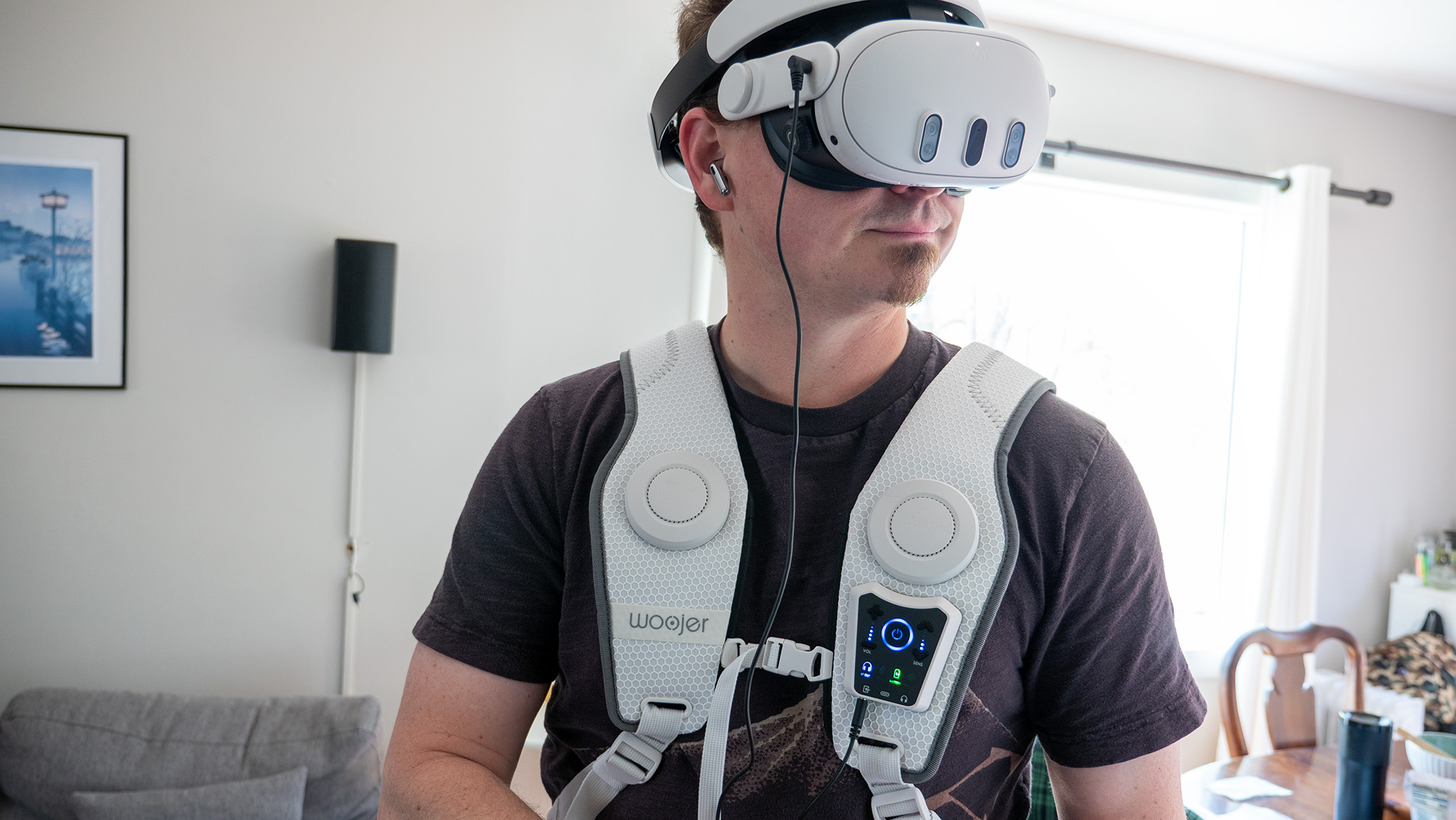
If you've been gaming as long as I have, you might remember the first time you used a controller with rumble in it. For me, it was Star Fox 64, which came with a rumble pack in the box. It clicked into the Nintendo 64's controller and delivered the most immersive experience I'd ever had up until that moment. Suddenly, my hands could feel all the bombs going off in the game, the buildings falling around me as I evaded them, and every painful hit from the final boss.
A haptic vest takes that experience and transfers it to your entire torso, delivering a haptic experience you simply have to try. I was skeptical of this experience at first because Woojer's design differs from that of other haptic vests, such as bHaptics, which require specific coding in games. That means Woojer's haptic experience isn't better or worse than the competition; it's simply different.
A haptic vest takes the idea of controller rumble or haptics and elevates the experience by adding them to your whole torso.
If you're curious about the differences, here's a great video that illustrates how a bHaptics vest feels specifically in Breachers. The vest and its accompanying wrist accessories will vibrate when you shoot a gun, grab an object, or get shot yourself. It'll also vibrate specific parts of the vest if a grenade goes off near you, helping to simulate things you come in direct contact with.
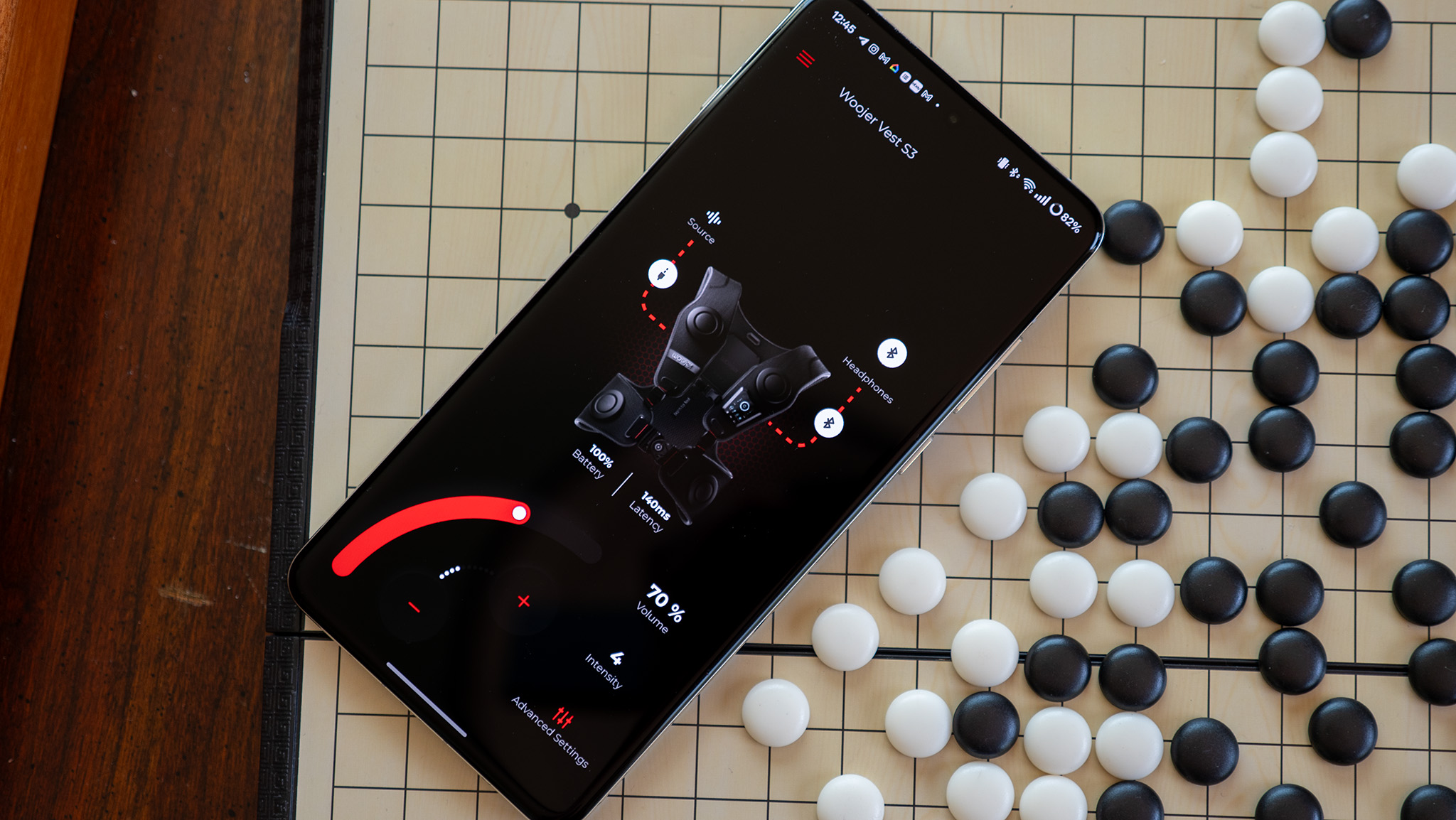
To an extent, the Woojer vest also does that, but Woojer's take is more about environmental feel rather than specific body feel. When I shoot a gun while wearing the Woojer, I feel the power of it.
But I also feel the subtle rumble from a grenade that went off on the other side of the room, and the low rumble of a wall being blasted open a few rooms over feels palpably realistic, too. The bHaptics vest doesn't deliver that because it's not really designed for that, which is fine. I'm not knocking bHaptics, just trying to illustrate the difference.
Woojer's sound-based model allowed me to feel environmental sounds as much as ones that directly impact me as a player.
The more general nature of Woojer's design also means that you feel intense music in a way that feels almost like marching to a war drum. I was playing Monster Hunter Wilds through GeForce Now on my phone while hooked up to my Woojer Haptic Vest 3 vest, and I felt every pounding drum in the music. It felt exciting and lent a depth to the audio that previously wasn't there.
It's proof that Woojer's experience isn't just confined to virtual reality games, and it works just as well for movies. I recently watched a fan cut of The Hobbit with some friends in Bigscreen VR — a virtual theater experience where you can hang out with friends and watch movies or videos, all while wearing a VR vest. It made me feel like I was sitting in one of those "4D" chair experiences some theaters have, but I didn't have to leave my house to get it.
How Woojer's tech works and what it's best for
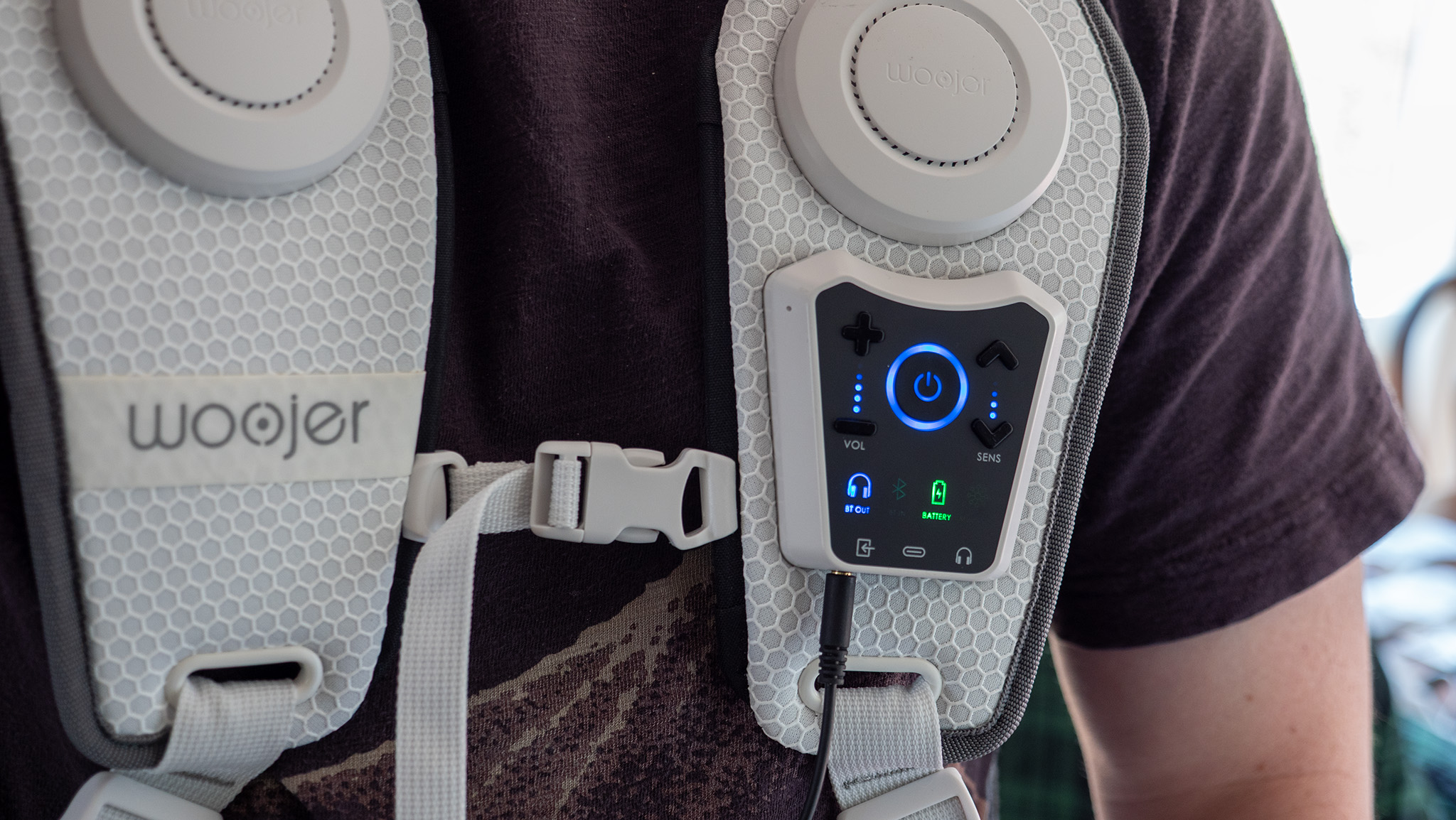
The Woojer vest's haptic motors operate entirely on sound. You can pipe the sound in either through a 3.5mm cable or via a wireless Bluetooth connection. From there, you'll need to select an audio output, and you'll have the same options: 3.5mm audio cable or Bluetooth.
That means your audio source — whether it's your Meta Quest 3 headset, your phone, or a gaming console — connects to the vest, and then your vest connects to your earbuds, headphones, or speakers. As you might expect, the 3.5mm cable option requires no configuration at all, while Bluetooth is best set up with the Woojer app.
An audio source (headset, console, phone) connects to the vest, which then connects to a pair of earbuds or speakers.
The Woojer vest features its own battery pack, located on the back, which lasts approximately 8 hours on a single charge. The vest connects to the Woojer app on your phone, so as long as you're using the app, you should always be aware of how much battery is left. This app also gives you control over audio sources and output, so you can specify which earbuds your audio outputs to.
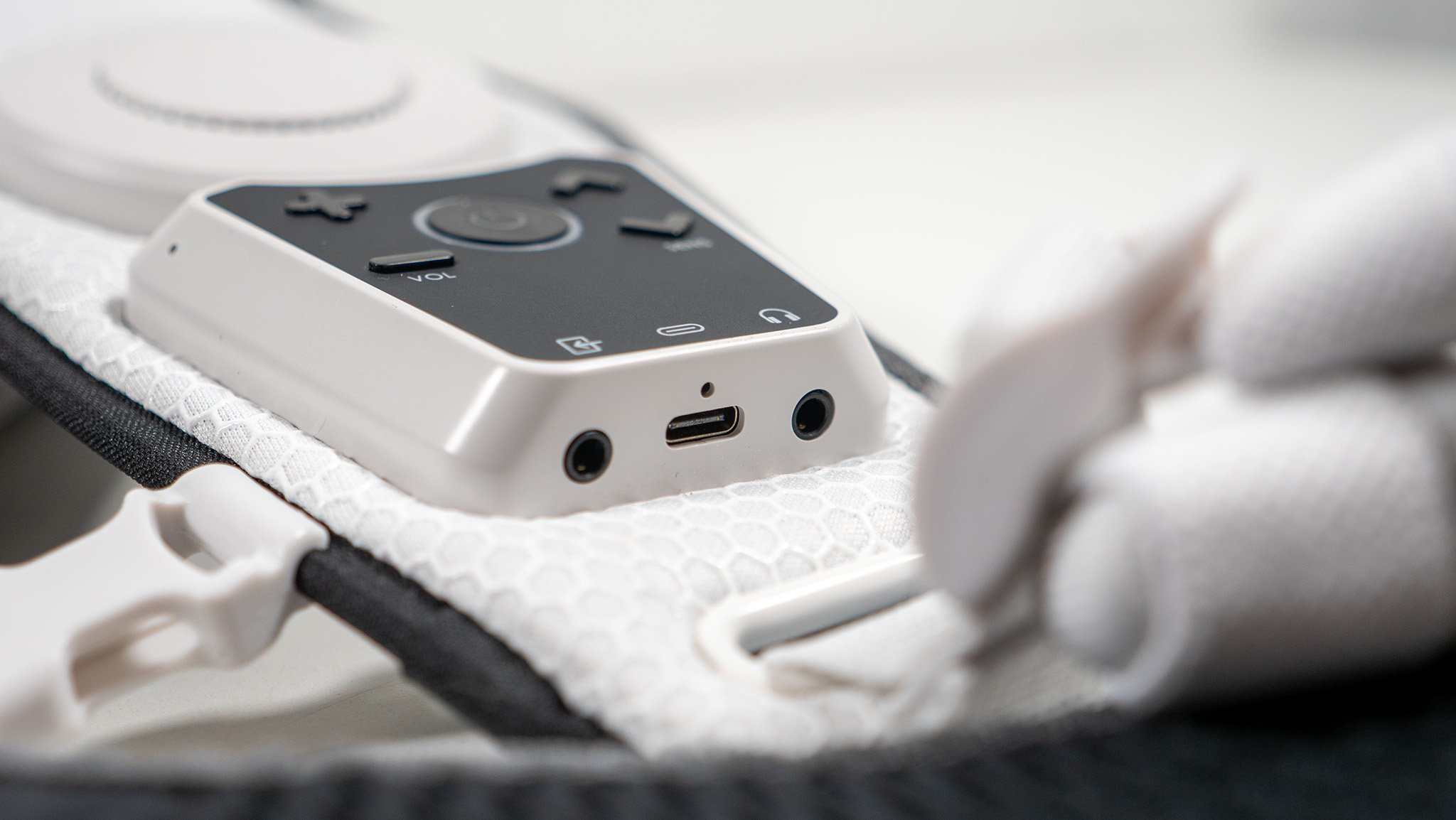
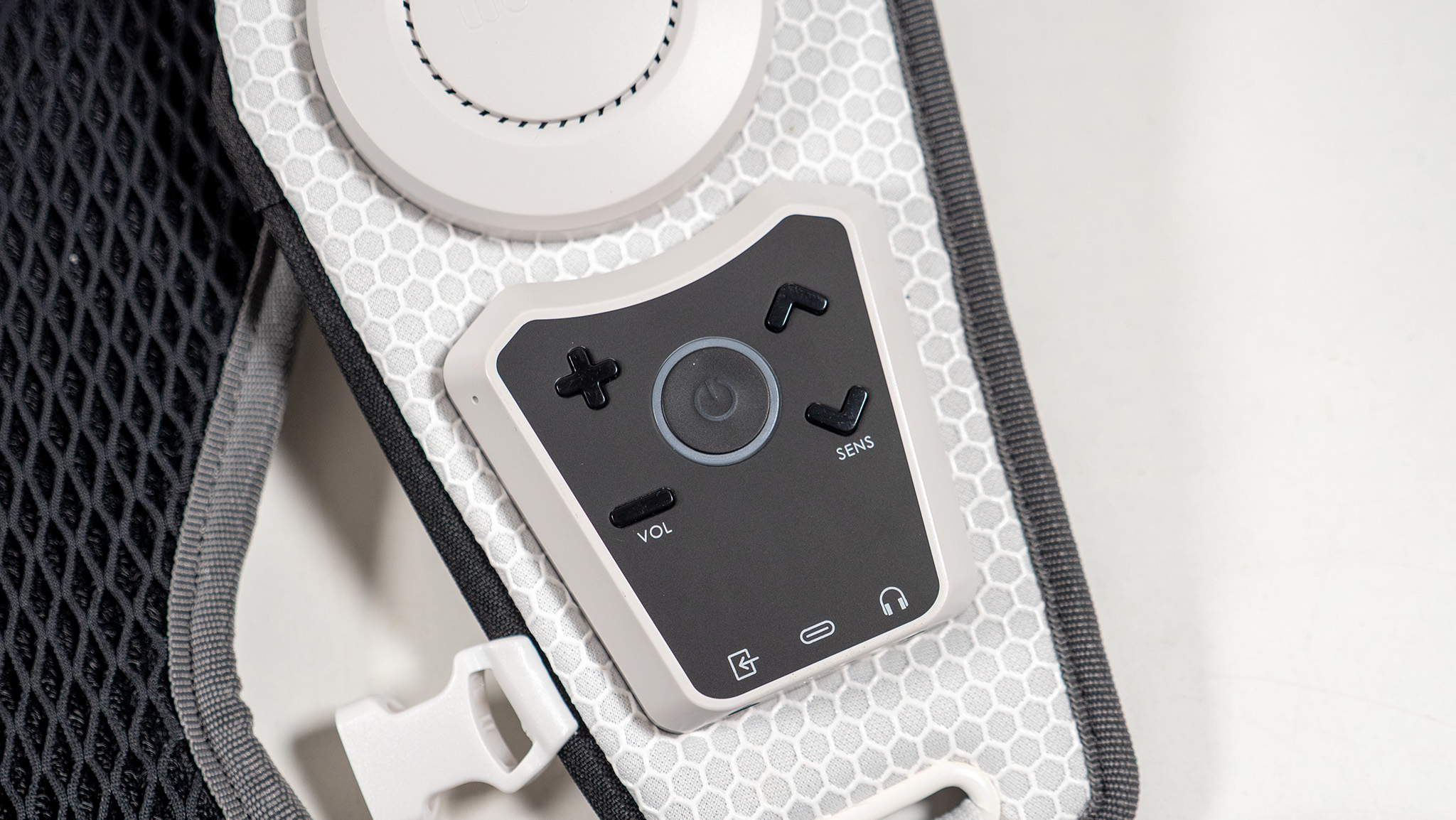

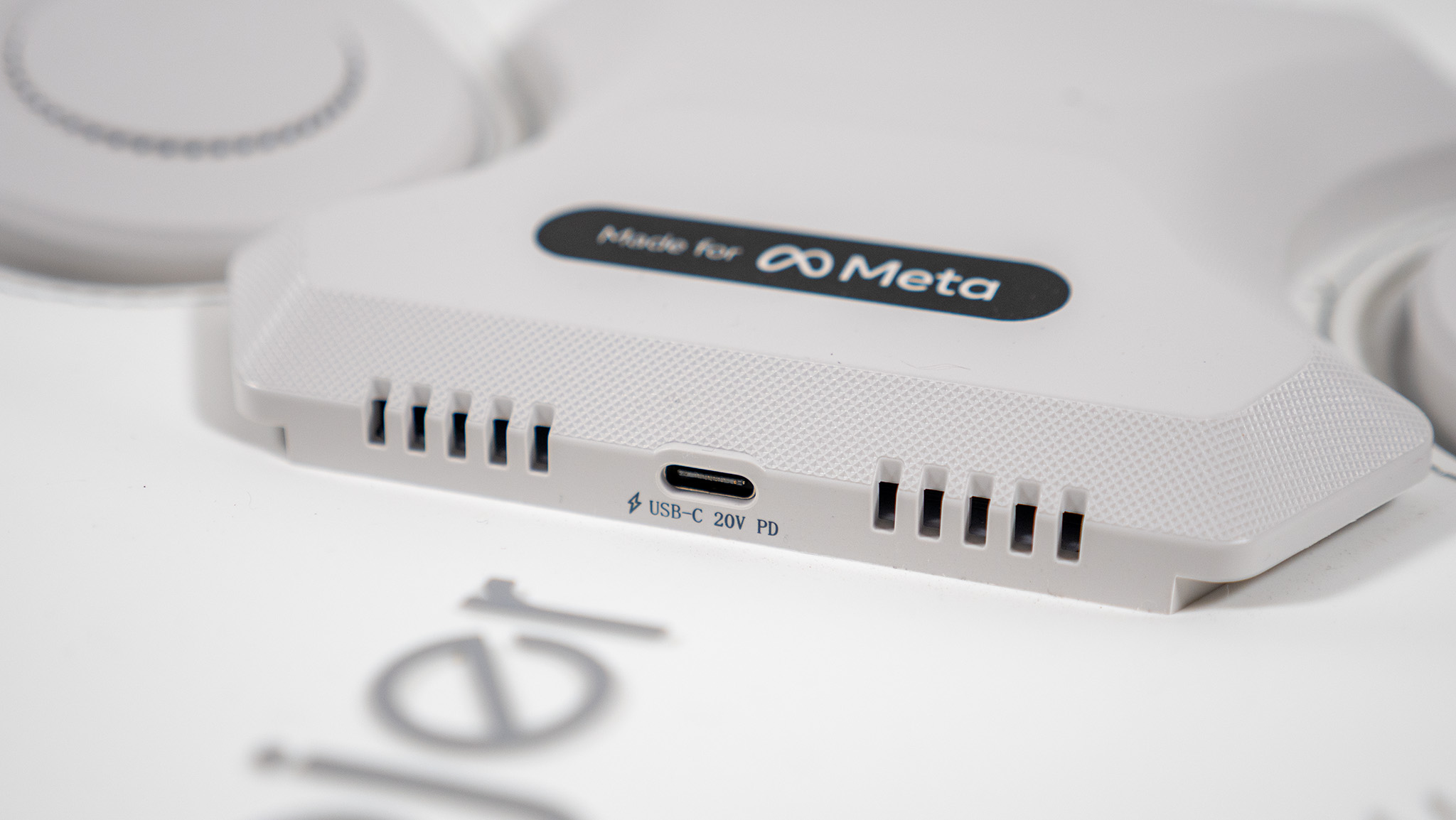
As you might expect, Bluetooth audio introduces some latency, but I didn't find this to be a problem even when playing VR games. The obvious reason for this is that haptic feedback is less important to your brain than visual or audio cues, particularly in VR, so a slight delay of 1/10th of a second from the action to the feeling won't make you feel sick or anything like that. In fact, I wasn't even aware of the delay until I pulled up the app and saw the gauge.
The ability to use both 3.5mm cables and Bluetooth ensured I had a great experience no matter what audio equipment was available.
Part of the reason is that the app has several different modes that you can choose from to ensure you get the right experience. The VR gaming setting, for instance, strips away as much processing as possible to reduce latency. Setting it to gaming also helps reduce the amount of vibration caused by music, leaving most of the feeling to actions in the game rather than arbitrary rumbling to the beat.
These settings are crucial for the best experience, and while you certainly can operate the vest without the app, you'll be missing out on a lot by avoiding it.

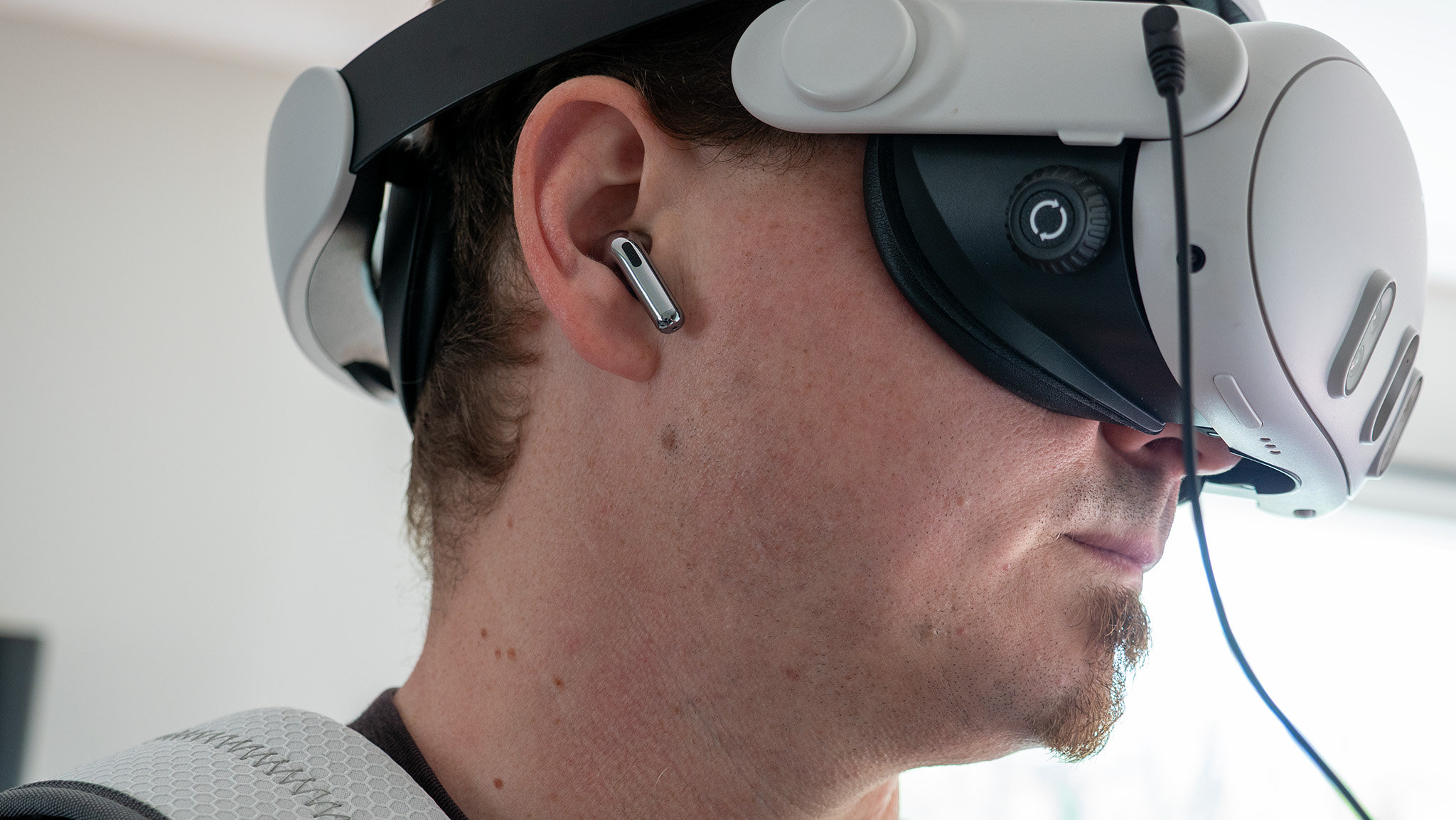
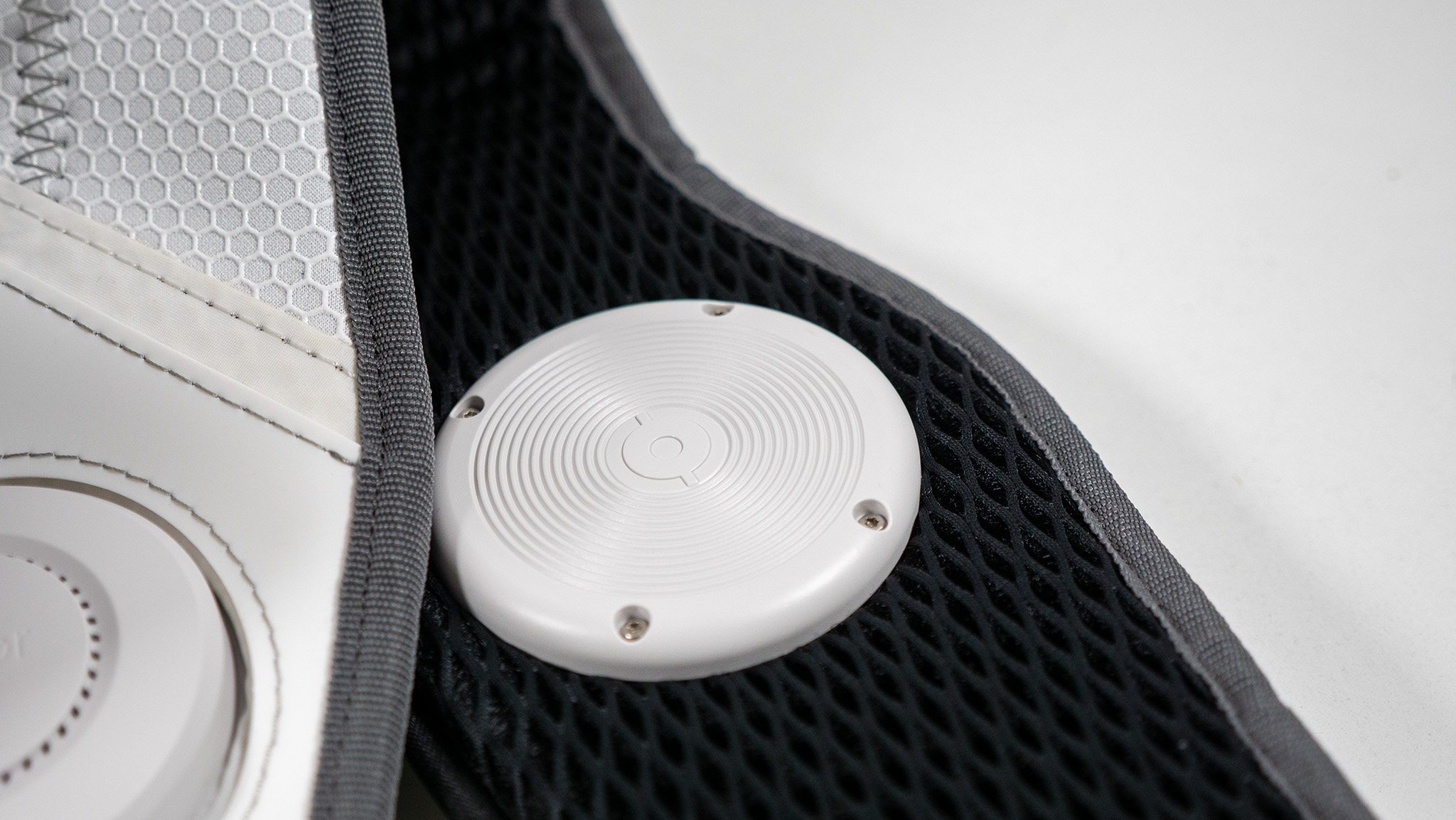
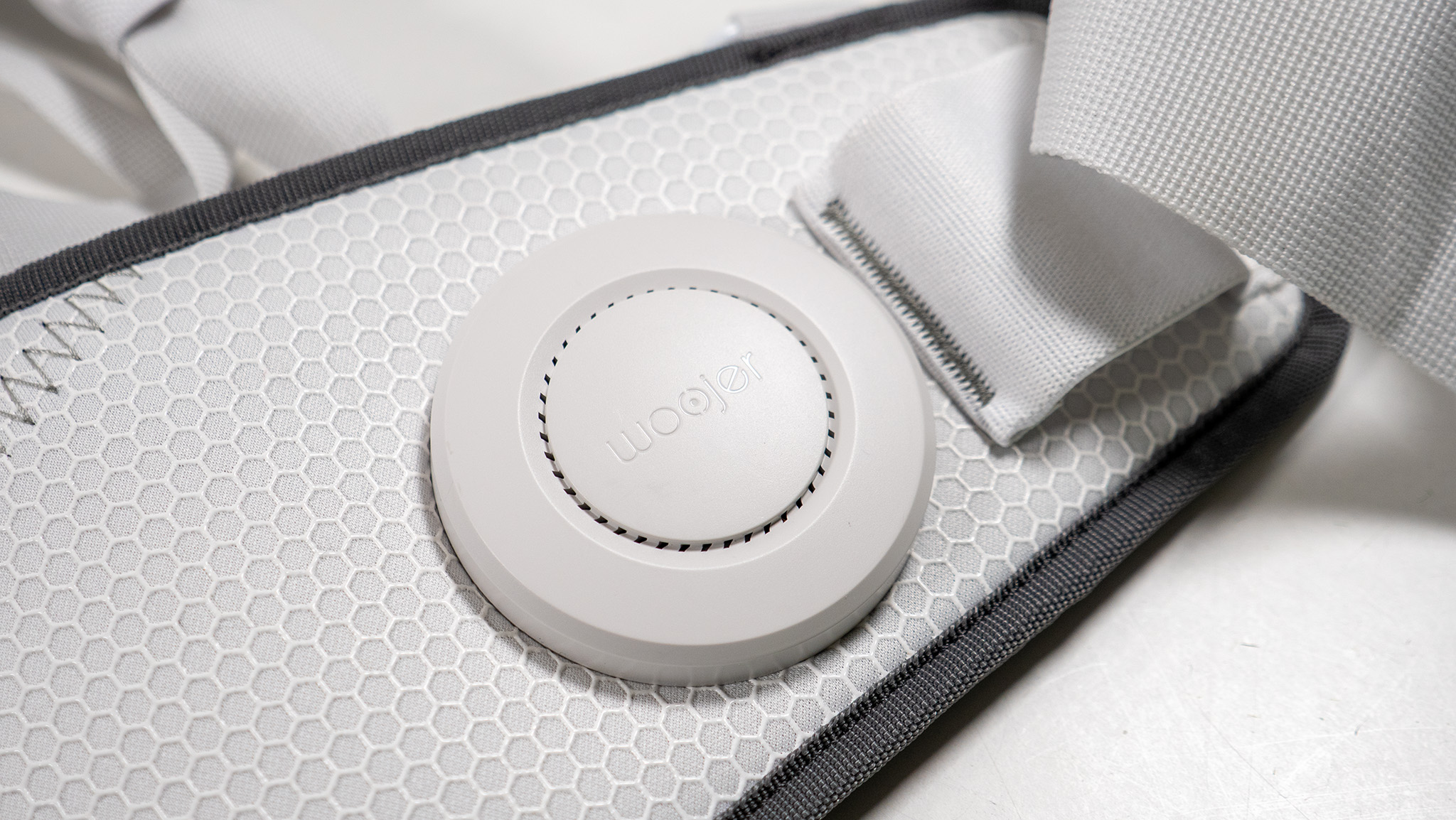
Haptic intensity and volume can be adjusted either on the vest's control panel, located in the location of a typical shirt pocket on the front of the vest, or via the Woojer app on the phone. The default haptic intensity is rather comfortable for me, but I've shown the vest off to some people who wanted to jack it up to get some extra feeling.
Turning the intensity up too high will trigger a vibration on nearly everything the vest "hears." If for no other reason, I don't recommend using it at maximum vibration because it rattles too much and ends up responding to things you don't necessarily want, like music.
Preset latency options in the Woojer app make it possible to easily switch functions without any real configuration.
The vest itself is rather soft and comfortable, and while it certainly adds a bit of weight to your torso, this doesn't feel like wearing a weighted vest at the gym. The material is quite breathable, but it will make you sweat a bit more during warm weather. In the winter, it feels particularly nice. Woojer sells some nice, breathable (and rather cool-looking) washable linings for about $30 if sweat becomes a problem.
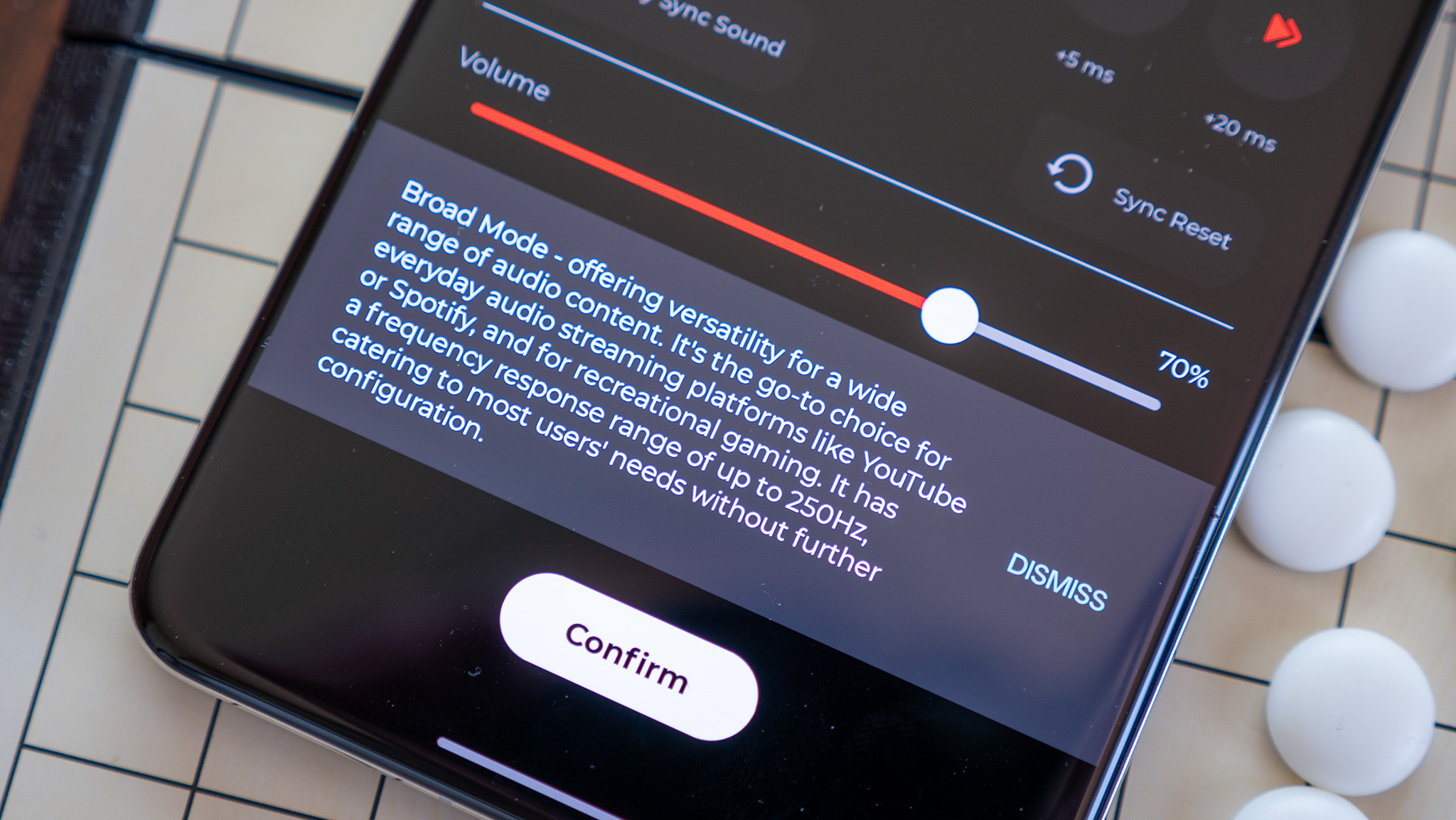
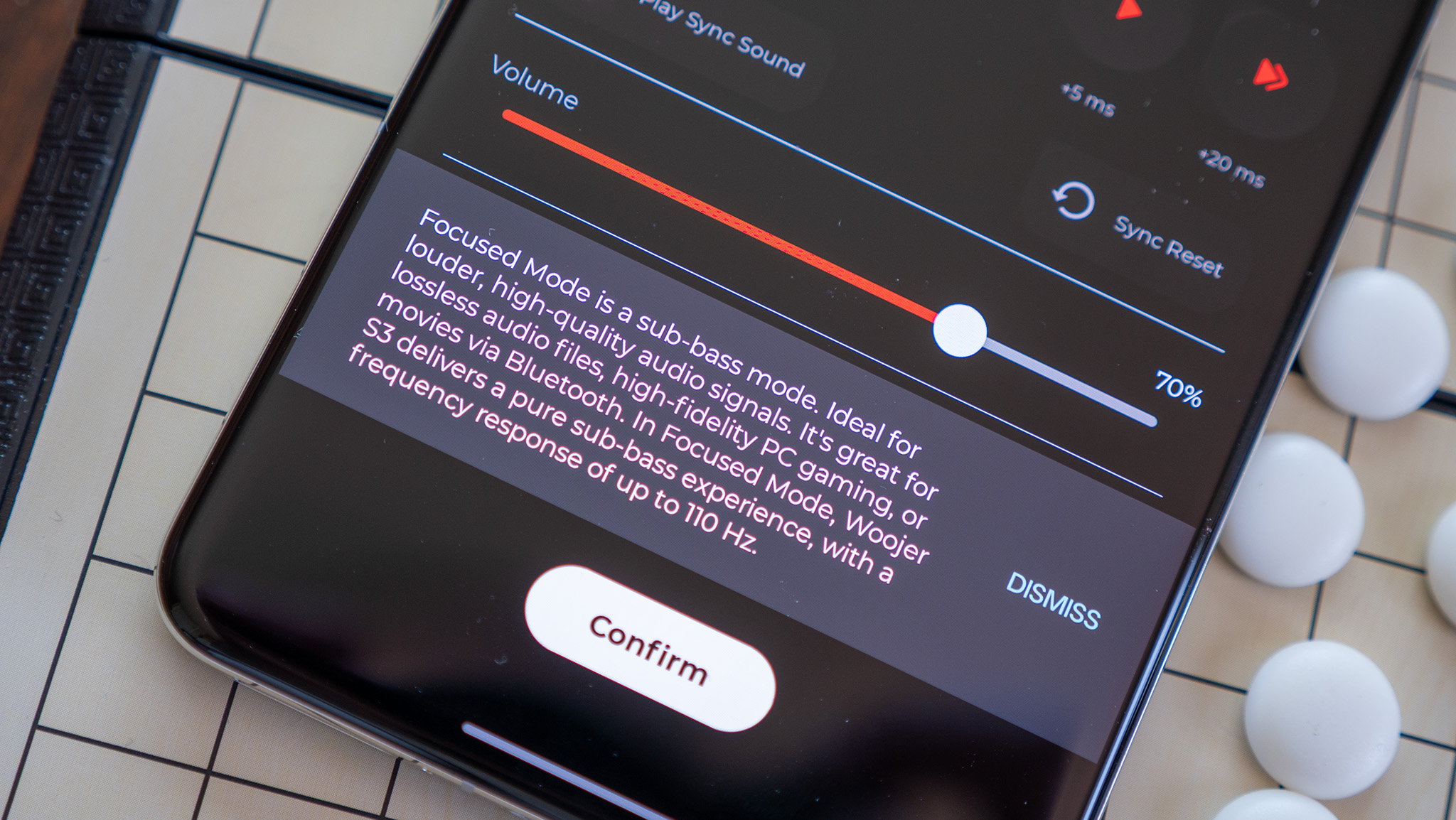
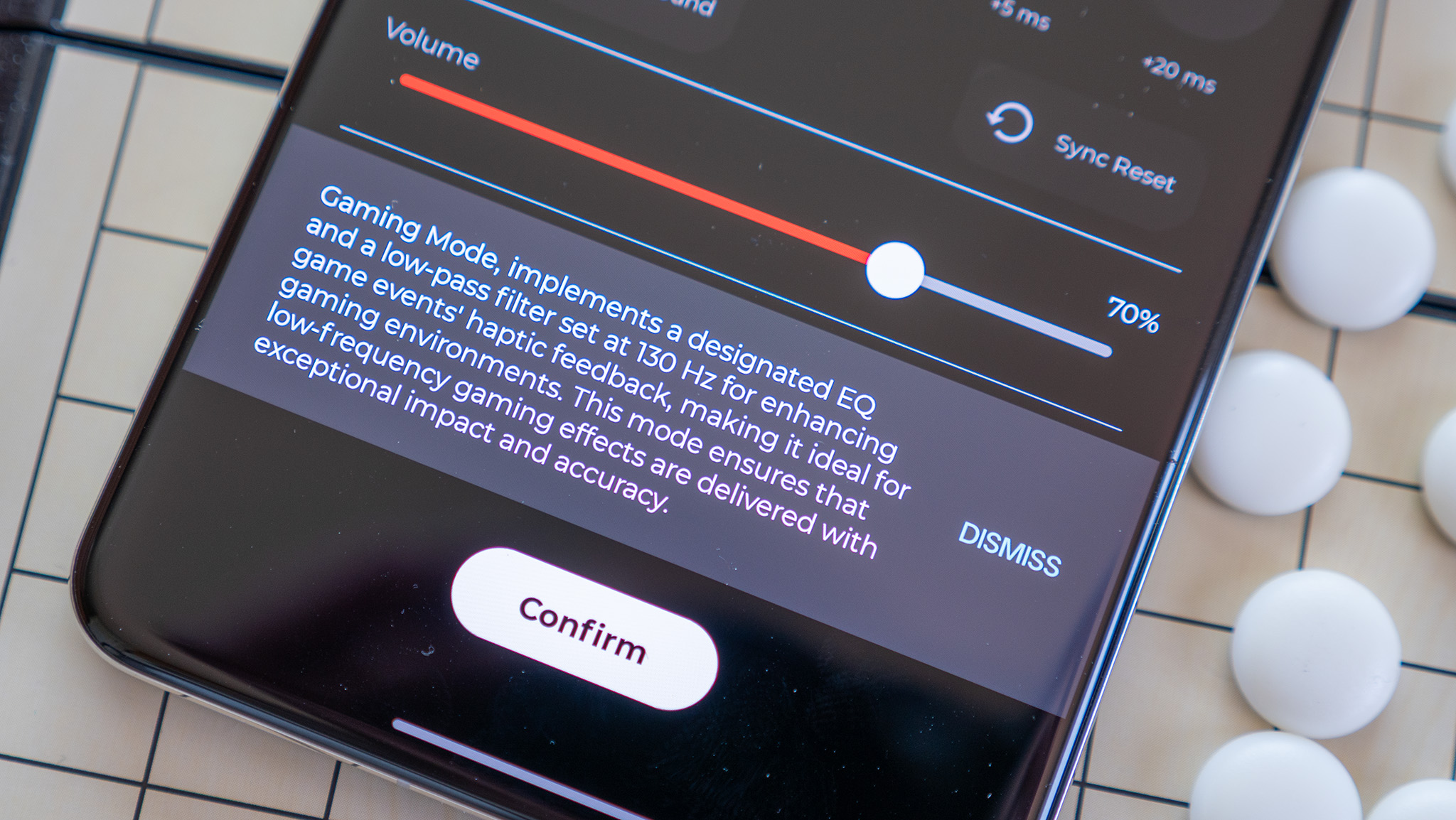
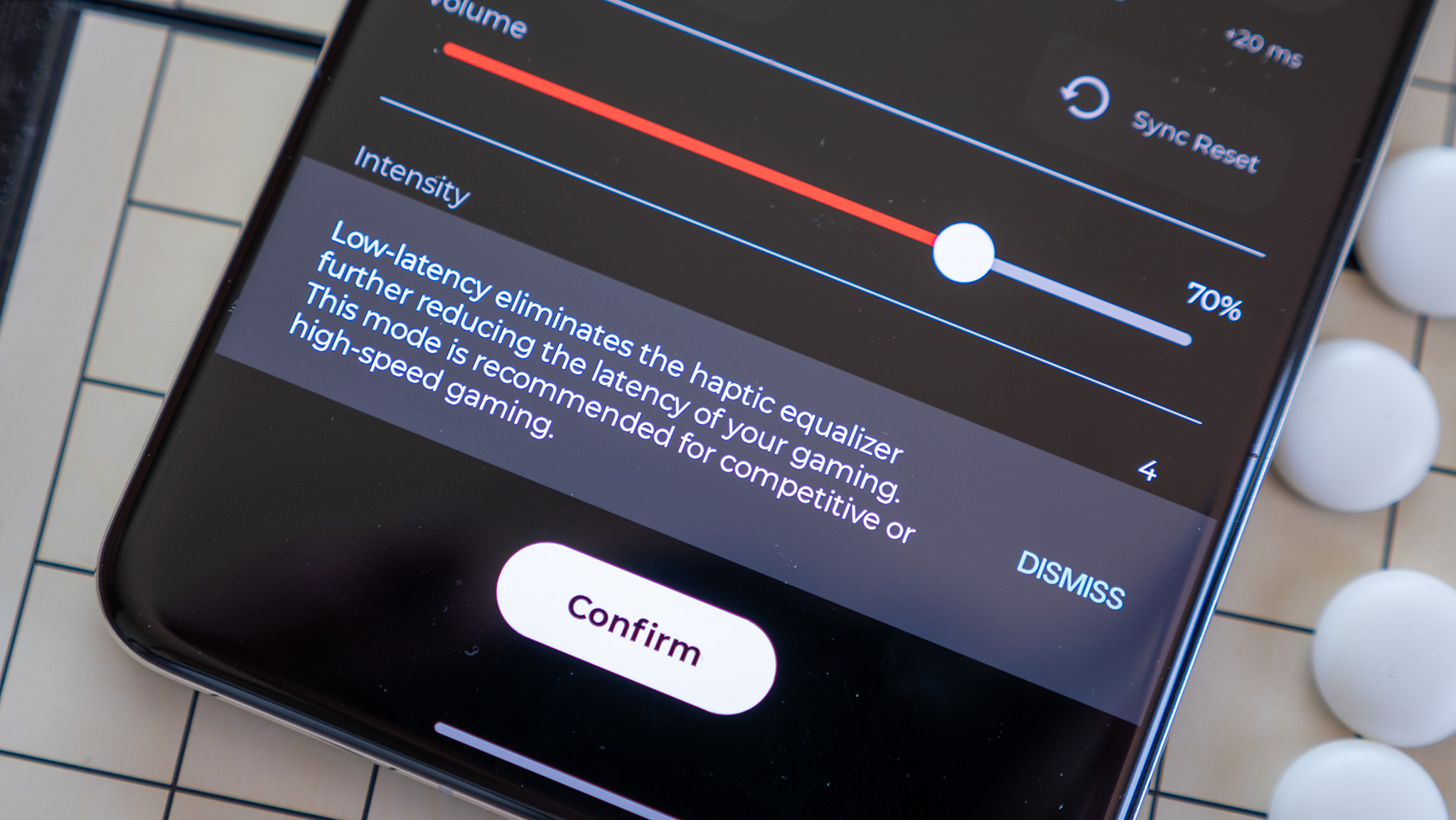

That brings me to the types of games you'll want to use the vest for. You could use it for anything and everything, but I've found that games with specific tactile experiences work best.
Think rhythm games like Beat Saber or Beatable, where the vest will let you feel the music as much as hear it. This is one where low-latency audio is best, since a bit of lag in the haptics could actually throw off your rhythm.
Using the Woojer vest in shooters like Breachers or Contractors delivers a fascinating sense of immersion and environmental awareness that I didn't expect. I used the wall breaching analogy earlier, where I felt the explosion on the other side of the room and was able to more quickly spin around and understand where the explosion came from than when I wasn't wearing the vest.
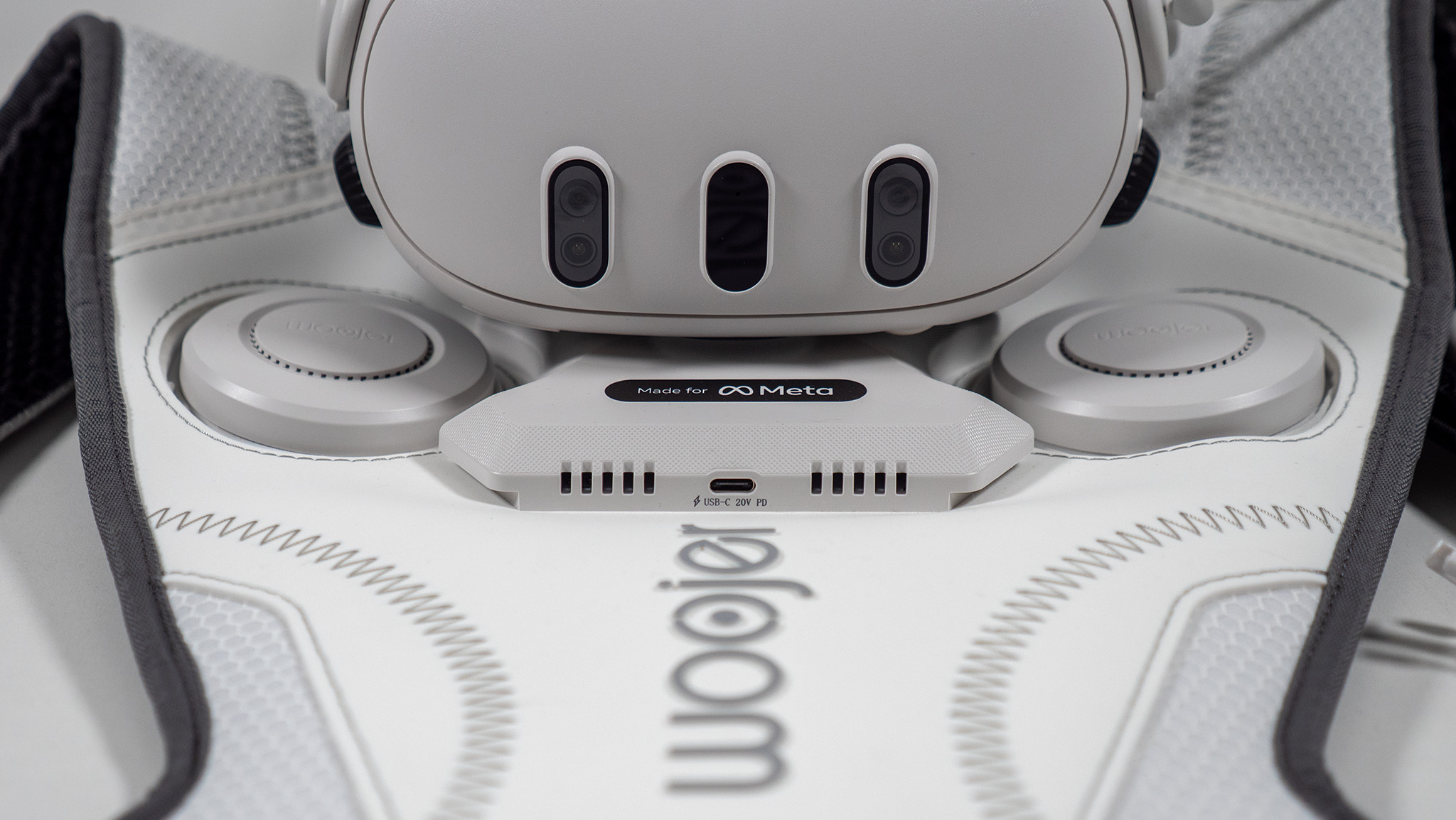
Although it's a bit more work to strap on a vest and plug in before gaming, there's no chance I play most VR games without wearing the vest. Obviously, I'm not going to be strapping it on for Walkabout Mini Golf or strategy games like Civ VII VR, but everything else benefits immensely from the immersion factor of the vest.
I was skeptical going in, but Woojer made me a believer in its tech. Haptics enthusiasts and anyone seeking more immersion and spatial awareness in their games should definitely consider picking one up. That said, it is a fairly costly investment, comparable to the cost of a second Meta Quest 3S.







